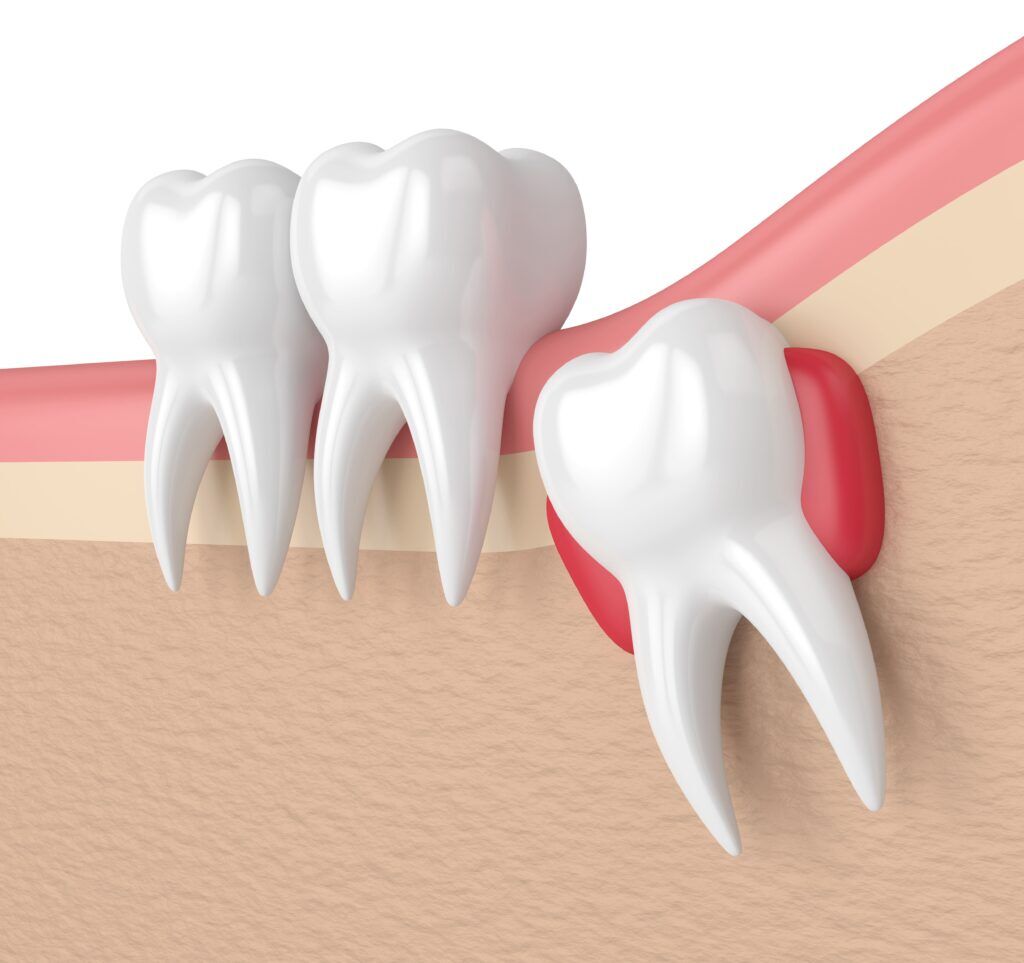- Get link
- X
- Other Apps
Wisdom Tooth Extraction: A Comprehensive Guide
Third molars, also known as wisdom teeth, usually erupt between the ages of 17 and 25. Some people have no problems with these teeth, but because of the limited space in the jaw, many people experience pain, infection, or misalignment. One common dental procedure to address these issues is wisdom tooth extraction. Everything you need to know about wisdom tooth extraction is covered in this guide, including the causes, steps involved, recovery, and aftercare.
Why Is Wisdom Tooth Extraction Needed?
Wisdom teeth often pose challenges because of their positioning at the back of the mouth. Common reasons for extraction include:
Impaction
Wisdom teeth can become impacted when they don’t have enough room to erupt fully. This can lead to pain, swelling, and potential infection.Crowding and Misalignment
Emerging wisdom teeth can push other teeth out of alignment, causing crowding and disrupting orthodontic work.Decay and Gum Issues
Due to their position, wisdom teeth are harder to clean, making them susceptible to cavities and gum diseases like pericoronitis.Cysts or Tumors
In rare cases, wisdom teeth can lead to cyst formation, which may damage surrounding bone and teeth.
Preparation for Wisdom Tooth Extraction
Before undergoing the procedure, your dentist or oral surgeon will take the following steps:
Consultation and Examination
The dentist will review your medical history and examine your teeth through X-rays to determine the position and condition of the wisdom teeth.Pre-operative Instructions
You may be advised to avoid eating or drinking for a few hours before the procedure. Your dentist will also discuss sedation options, such as local anesthesia, sedation anesthesia, or general anesthesia.
The Extraction Procedure
The extraction process varies depending on the complexity of the case. It typically involves:
Administering Anesthesia
Local anesthesia numbs the specific area, while sedation or general anesthesia may be used for more complicated extractions or nervous patients.Incision and Removal
If the tooth is impacted, the surgeon makes an incision in the gum to expose the tooth and bone. Sometimes, the tooth is divided into sections for easier removal.Cleaning and Closure
After the tooth is removed, the area is cleaned to remove any debris. Stitches may be placed to promote healing, and gauze is used to control bleeding.
Recovery After Extraction
Recovering from wisdom tooth extraction typically takes a few days, though full healing may take several weeks. Here’s what to expect:
Immediate Aftermath
- Bleeding: It’s normal to experience minor bleeding for the first 24 hours. Bite down gently on gauze to control it.
- Swelling: Swelling and bruising are common but subside within a few days. Applying an ice pack can help reduce it.
Pain Management
Over-the-counter painkillers or prescribed medications can help manage discomfort. Follow your dentist's instructions for dosage.Dietary Adjustments
Stick to soft foods like yogurt, mashed potatoes, and soups. Avoid hot, spicy, or hard foods that may irritate the surgical site.Oral Hygiene
Avoid rinsing your mouth for the first 24 hours. After that, rinse gently with warm saltwater to keep the area clean. Avoid brushing near the extraction site.
Post-operative Care Tips
Avoid Smoking and Alcohol
Smoking and alcohol can interfere with healing and increase the risk of dry socket—a painful condition where the blood clot at the extraction site is dislodged.Follow-up Visits
Attend any scheduled follow-up appointments to ensure proper healing and to have stitches removed if necessary.Watch for Complications
Contact your dentist if you experience severe pain, prolonged bleeding, or signs of infection such as fever or pus.
Potential Risks and Complications
Though wisdom tooth extraction is generally safe, it carries some risks, including:
- Dry Socket: Occurs when the blood clot protecting the bone and nerves is dislodged.
- Infection: Symptoms include swelling, redness, or pus at the site.
- Nerve Injury: Rarely, nerve damage can cause temporary or permanent numbness in the tongue, lip, or chin.
- Sinus Issues: Upper wisdom tooth removal may affect the sinuses in rare cases.
When to Seek Professional Help
While minor discomfort is expected, seek immediate dental or medical attention if you experience:
- Excessive bleeding
- Persistent pain despite medication
- High fever or chills
- Difficulty swallowing or breathing
Conclusion
Wisdom tooth extraction is a routine procedure that can prevent long-term dental issues. By understanding the process and following proper post-operative care, you can ensure a smooth recovery. Always consult your dentist or oral surgeon for personalized advice tailored to your condition.
- Get link
- X
- Other Apps



Comments
Post a Comment